Deck & Commander Strategies
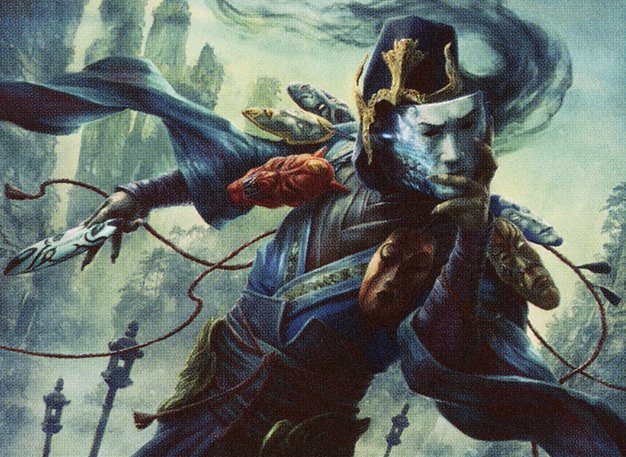
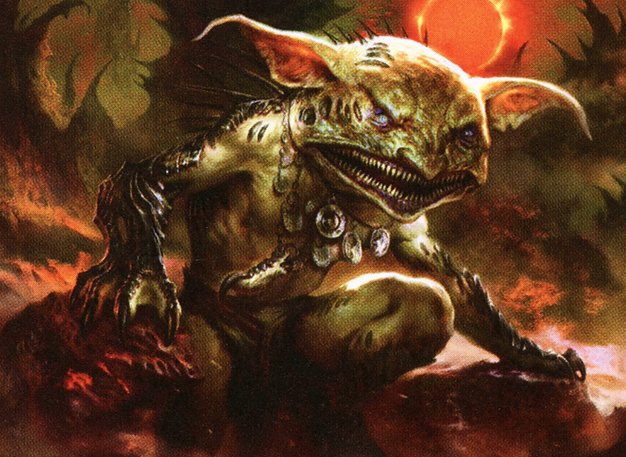
Krark, the Thumbless & Sakashima of a Thousand Faces
Copy spells via Krark’s coin flip ability while using Sakashima to copy other creatures, generating multiple value streams and token creatures to control the board and overwhelm opponents.

K'rrik, Son of Yawgmoth
Use K'rrik’s ability to pay life instead of black mana to cast powerful spells quickly, supported by protective equipment and disruption to maintain board dominance and pressure opponents.

Krenko, Mob Boss
Rapidly create large numbers of goblin tokens and use anthem effects to boost their power, aiming to win by overwhelming opponents through combat damage.

Go-Shintai of Life's Origin
Build and leverage shrine enchantments to gain life, mill opponents, and generate spirit tokens, grinding down opponents’ decks and stabilizing life totals through incremental advantage.
Gameplay Insights
- 1
Players used political deals to avoid attacks on certain commanders, highlighting the importance of diplomacy in multiplayer Commander games.
- 2
The interaction between Strionic Resonator and Unsubstantiate created a tempo lock by bouncing spells repeatedly, slowing down opponents’ aggression.
- 3
K'rrik’s ability to pay life instead of black mana allowed for faster deployment of threats and equipment, making removal timing critical.
- 4
Go-Shintai’s mill strategy forced players to carefully manage their deck resources, adding a layer of attrition beyond just life totals.
- 5
Krenko’s goblin token production was a constant threat that required coordinated removal or redirection of attacks to mitigate damage.
- 6
The synergy between shrine enchantments and life gain provided a steady stream of incremental advantage to Go-Shintai’s controller.
Notable Cards
-
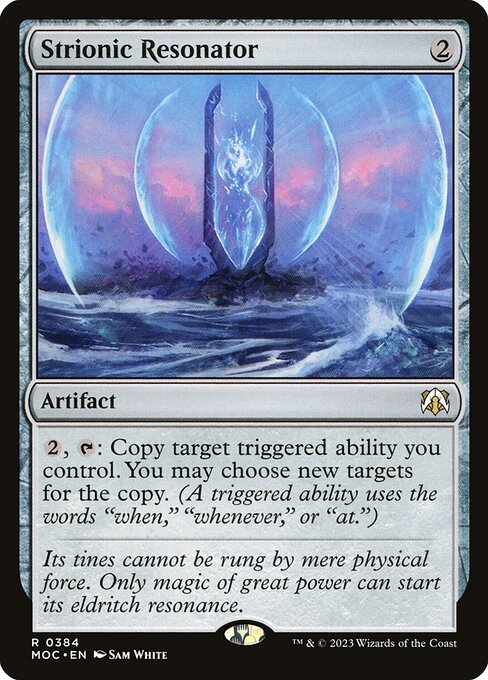
Strionic Resonator
-
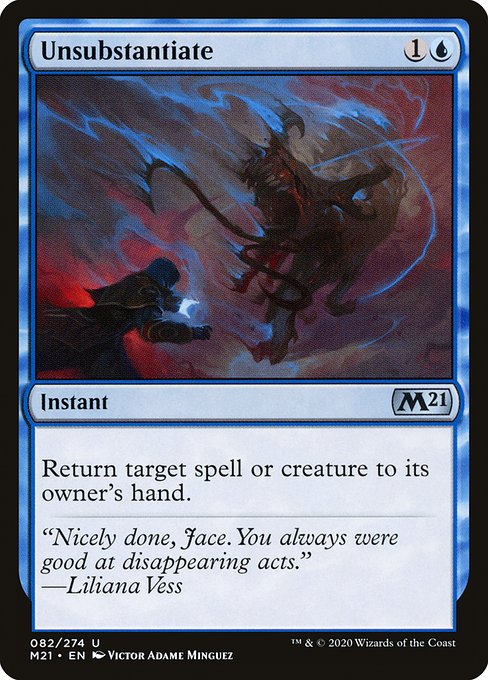
Unsubstantiate
-

Darksteel Plate
-
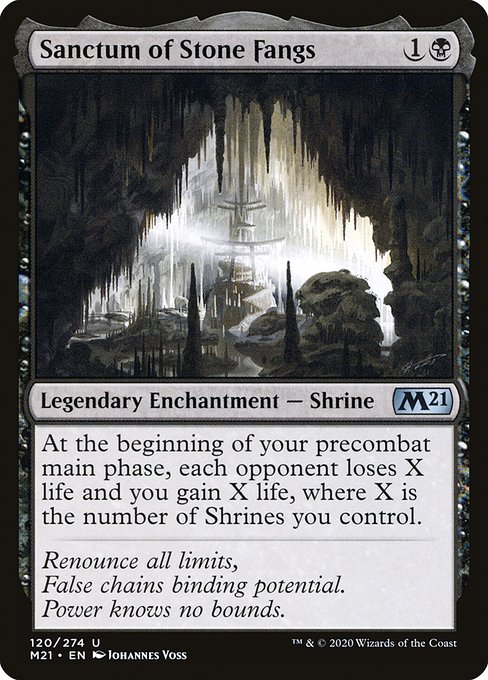
Sanctum of Stone Fangs
-
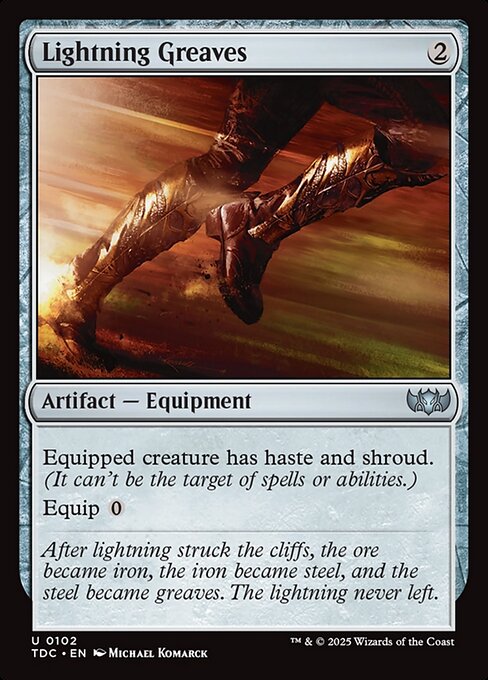
Lightning Greaves
-
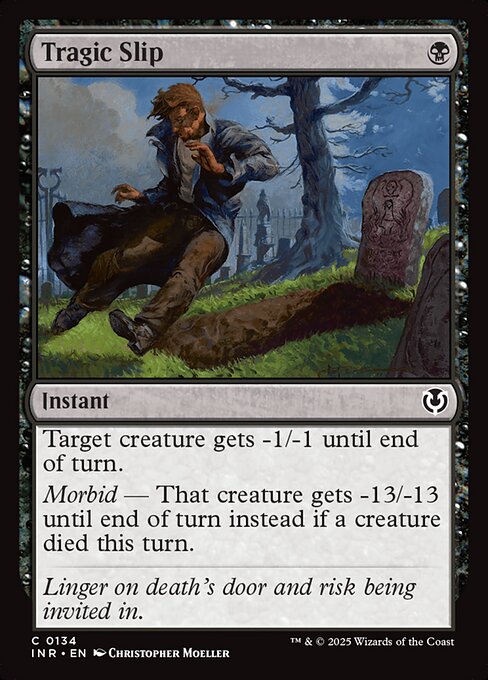
Tragic Slip
Gameplay Summary
The game started with players establishing their mana bases and early board presence, including ramp spells and key enchantments that synergized with their commanders.
Sakashima of a Thousand Faces and Krark, the Thumbless focused on a spell-copying and coin-flip strategy, generating value through repeated spells and token creation.
Go-Shintai of Life's Origin concentrated on building a shrine-based deck that gained incremental life and forced opponents to mill cards, slowly grinding down their resources.
K'rrik, Son of Yawgmoth leveraged black mana and life payment to cast powerful spells and maintain pressure, including equipment like Darksteel Plate to protect key creatures.
Meanwhile, Krenko, Mob Boss generated goblin tokens aggressively, aiming to overwhelm opponents with sheer numbers and combat damage boosted by anthem effects. Key turning points included political negotiations around which threats to remove and who to attack, with players wary of K'rrik's indestructible equipment and Sakashima's copying ability.
The interaction with Strionic Resonator and Unsubstantiate created tempo swings, bouncing spells back to hands and slowing down opponents.
The milling strategy from Go-Shintai forced players to be mindful of their deck resources.
Ultimately, the game evolved into a clash of boards with token swarms from Krenko and spell value engines from Krark and Sakashima, while K'rrik maintained resilience through life payment and equipment.
The dynamic politics and tactical removal shaped the combat phases and determined attack directions, with careful targeting and alliances impacting the flow and eventual winner.



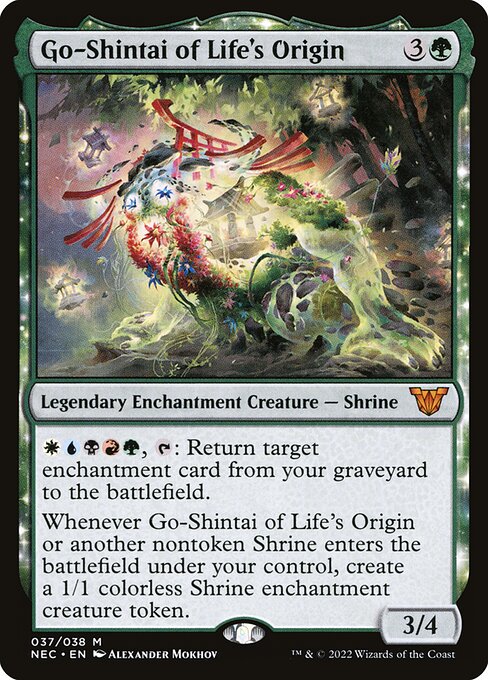
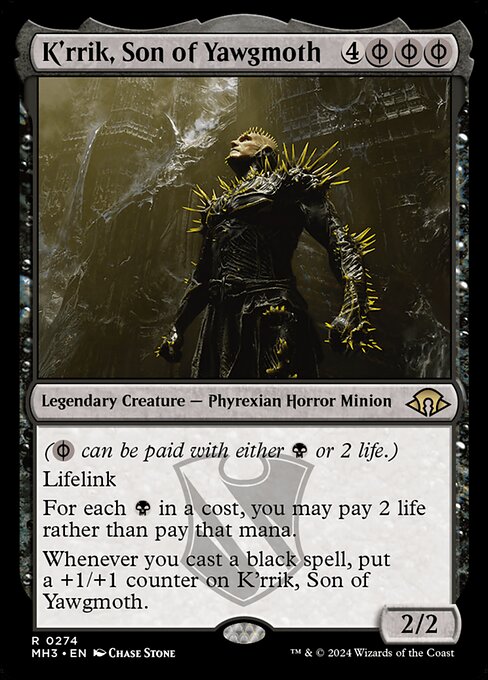

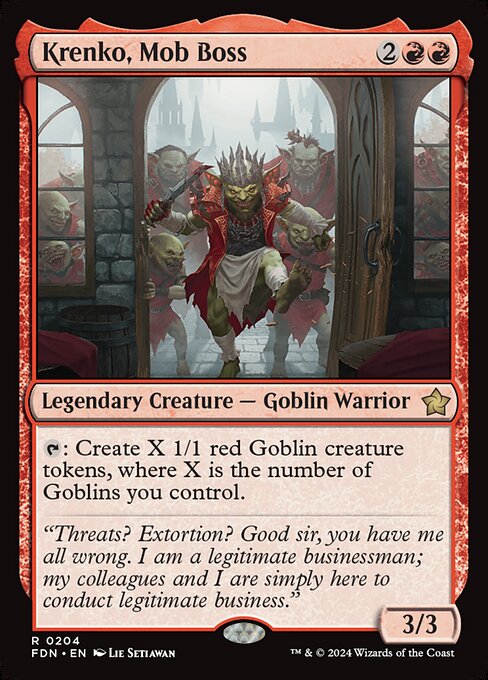


























![Commander Versus Series: Deck Tech - Krenko v. Rhys v. Kangee v. Yeva [MTG Multiplayer] thumbnail](https://i.ytimg.com/vi/dUX1ieofYg0/sddefault.jpg)
![Commander Versus Series: Krenko v. Rhys v. Kangee v. Yeva [MTG Multiplayer] thumbnail](https://i.ytimg.com/vi/7UX55YdwDR4/sddefault.jpg)












![Commander VS S17E2: K'rrik VS Gerrard VS Volrath VS Elsha [EDH] thumbnail](https://i.ytimg.com/vi/yfRsKaCJCSA/sddefault.jpg)